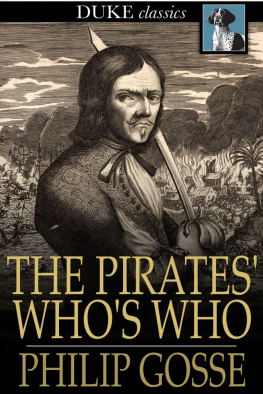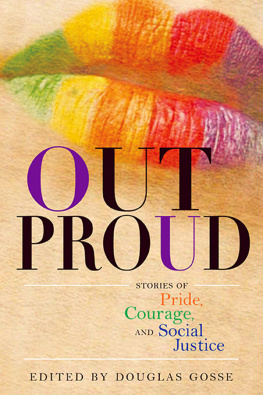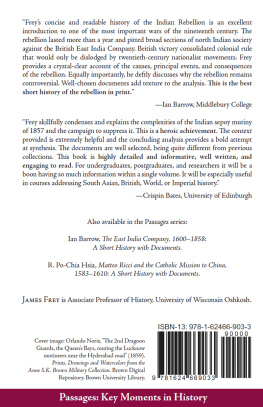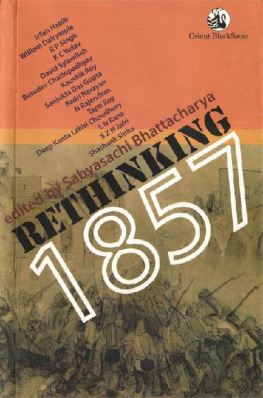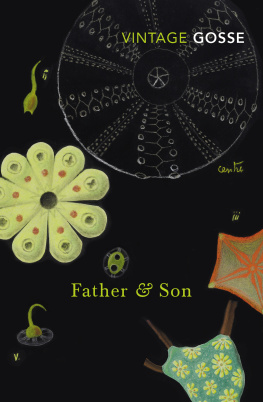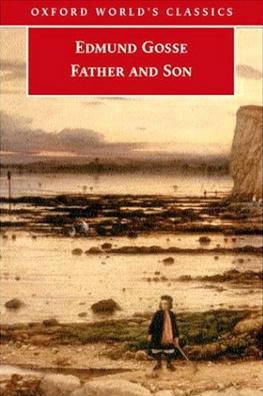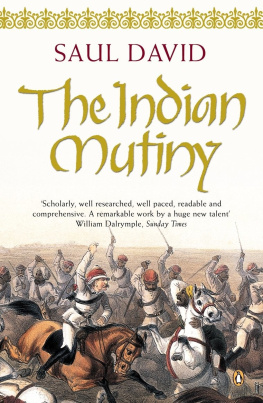The Evolution Debate
18131870
Edited by David Knight
The Evolution Debate
18131870
Edited and with new introductions by David Knight
Volume I
Essay on the Theory of the Earth
Georges Cuvier
Volume II
Geology and Mineralogy, Considered with Reference to Natural Theology, Volume I
William Buckland
Volume III
Geology and Mineralogy, Considered with Reference to Natural Theology, Volume II
William Buckland
Volume IV
Omphalos
Philip Gosse
Volume V
On the Origin of Species
Charles Darwin
Volume VI
Palaeontology
Richard Owen
Volume VII
Man's Place in Nat
Thomas Henry Huxley
Volume VIII
The Geological Evidences of the Antiquity of Man
Charles Lyell
Volume IX
Part I: Contributions to the Theory of Natural
Selection
Alfred Russel Wallace
Part II: On the Tendency of Species to Form Varieties
Charles Darwin and Alfred Russel Wallace
The Evolution
Debate
18131870
Volume IV
Omphalos:
an attempt to untie the geological knot
Philip Gosse
with a new introduction by
David Knight
Published in Association with the Natural History Museum
LONDON AND NEW YORK
First published 1858
This edition reprinted 2003
by Routledge
11 New Fetter Lane, London, EC 4P 4EE
Simultaneously published in the USA and Canada
by Routledge
29 West 35th Street, New York, NY 10001
Routledge is an imprint of the Taylor & Francis Group
This edition published in the Taylor & Francis e-Library, 2005.
To purchase your own copy of this or any of Taylor & Francis or Routledge's collection of thousands of eBooks please go to www.eBookstore.tandf.co.uk.
Editorial material and selection 2003 David Knight
All rights reserved. No part of this book may be reprinted or reproduced or utilised in any form or by any electronic, mechanical, or other means, now known or hereafter invented, including photocopying and recording, or in any information storage or retrieval system, without permission in writing from the publishers.
British Library Cataloguing in Publication Data
A catalogue record for this book is available from the British Library
Library of Congress Cataloging in Publication Data
A catalog record for this book has been requested
ISBN 0-203-50768-1 Master e-book ISBN
ISBN 0-203-57189-4 (Adobe eReader Format)
ISBN 0-415-28922-X (set)
ISBN 0-415-28926-2 (volume IV)
Philip Henry Gosse, F.R.S. (18101888)
The Natural History Museum, London
INTRODUCTION TO
VOLUME IV
David Knight
Gosse (18101888) was a distinguished natural historian,1 elected a Fellow of the Royal Society in 1856. He is best known through his son Edmund's autobiography, Father and Son (1907) which portrays him as an overbearing zealot resolutely opposed to the drama and literature in which Edmund made his way as a man of letters:2 the book, a classic and highly crafted account of Victorian patriarchy subtitled a study of two temperaments, is not to be taken completely seriously. The elder Gosse was evidently a warmer and more cultured person than the caricatured eminent Victorian his son later chose to recollect.
Philip Henry Gosse's father was an itinerant portrait painter, and the family was hard up. Gosse grew up in Poole, devoted to sea-anemones and other creatures, and educated at the local grammar school until he was fifteen, when he began work as a clerk. In 1827 he set off for Newfoundland, where he spent eight years, becoming an expert self-taught naturalist in his spare time. Leaving his job, he then unsuccessfully tried farming in Canada, visited the USA, and in 1839 returned to England, writing his book The Canadian Naturalist on the voyage home. It was published by John Van Voorst in 1840, and launched (uncertainly at first) a very successful career in natural history, combined for a time with school teaching. From 18441846 he visited Jamaica, delightedly collecting specimens and then writing. In 1848 he married, and his first wife Emily (herself eminent enough as a religious writer to get into The Dictionary of National Biography) encouraged him to write and illustrate. In 1852 they visited Devonshire, his health having been bad in London; and there at the seaside at Marychurch, near Torquay, he took up marine biology. He did not invent the aquarium,3 but he made it so popular that accessible rockpools were denuded by tourists. Seaside holidays investigating natural history became a craze,4 and Gosse did well out of it, running tutorials on the beach in Devon and at Tenby. In 1857 Emily died from breast cancer. Gosse was overcome with sadness, and later that year decided to move from London to Marychurch for good.
Gosse was an extreme evangelical and biblical literalist, who with Emily had joined a small group of dissenters calling themselves the Brethren. He became a famous preacher and pastor in Devon. He was disturbed by the evolutionary ideas in common currency since the publication of Vestiges in 1844.5 His answer was Omphalos, meaning navel: Adam and Eve, by common agreement, would have had navels implying that they had had mothers, when in fact they had been created as adults.6 This gave Gosse the ingenious idea of prochronism: the trees in the Garden of Eden would similarly have had rings in their trunks wrongly suggesting that they had been growing for many years. In the same way fossils in the Earth, created in 4004 BC do not indicate a real past. There had not been these creatures millions of years ago; they were as fictional as Adam's mother. Sir Humphry Davy, who as President of the Royal Society awarded the Copley Medal to William Buckland, had in 1830 warned against the modern dream, that the secondary strata were created, filled with remains as it were of animal life to confound the speculations of our geologists';7 and Gosse's book, with its cumulative argument which he hoped would be soothing, appalled everyone. To church people, it implied that God had put false trails in the way of honest investigators; while agnostics could simply laugh at the lengths required to square literal interpretation of Genesis with science. The whole story, despite Gosse's attractive style, became one of apparent deception, and mysterious creative fiats, to be believed on authority. Natural theology became more rather than less difficult in the wake of Omphalos, but we should not suppose that well-educated Victorian church people, like Buckland and Samuel Wilberforce, shared Gosse's literalism. Gosse may be a precursor of twentieth-century Creationism but they were not. Nevertheless, the interpretation of Scripture in the light of science, history, higher criticism and archaeology was becoming a matter of great controversy, as the row over the liberal Essays and Reviews was to show in 1860.8
Gosse married again in 1862, and continued as a prolific writer on natural history until his death; his reputation had not been enhanced among scientists by Omphalos, but the general public continued to delight in his descriptive and beautifully illustrated writings, which still have value. The book, its original embossed cloth binding sometimes bearing on the spine the more innocuous title Gosse's CreationIllustrated, was published by John van Voorst, a very distinguished publisher of natural history who had published other books by Gosse, and published his classic work on sea-anemones,




